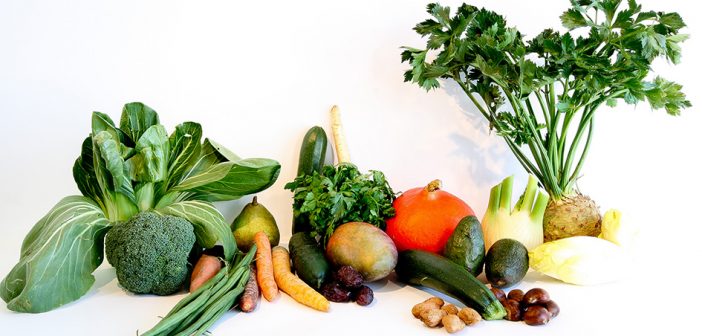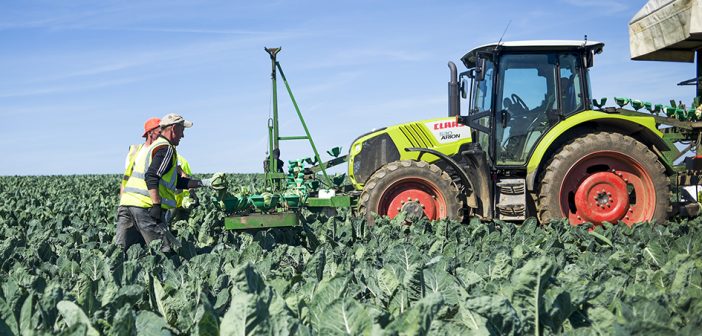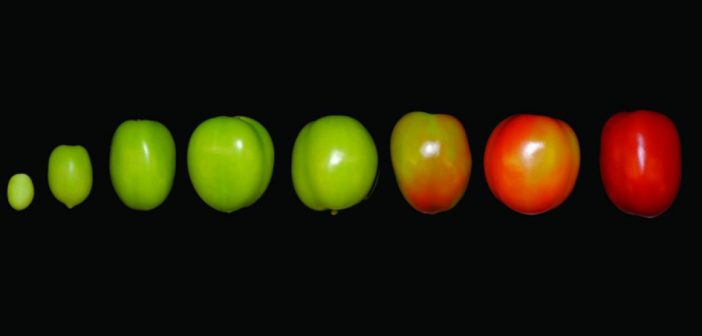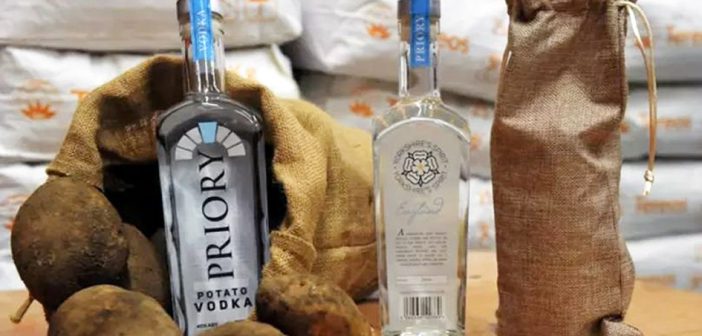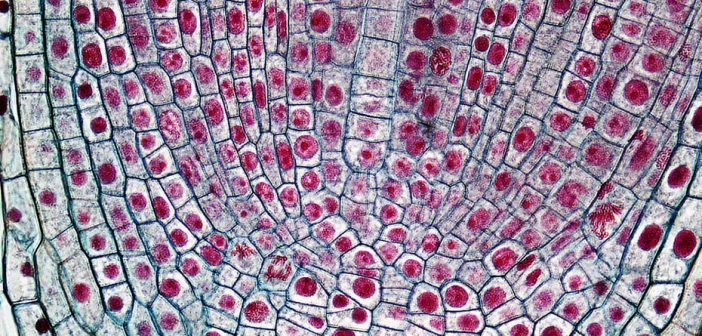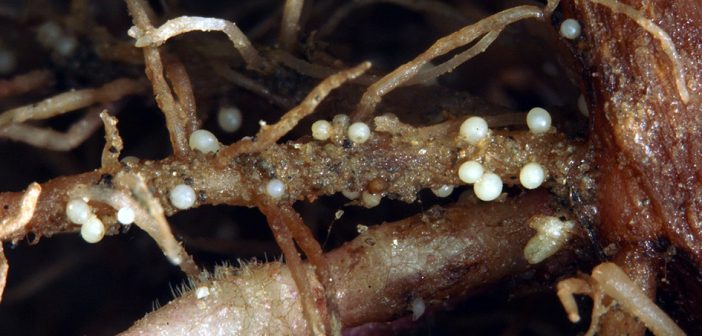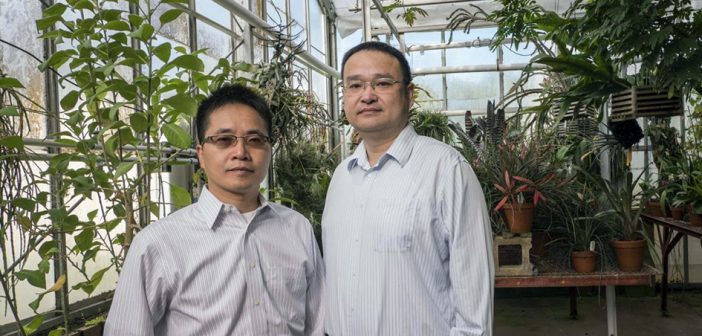Scientists at Pennsylvania State University have found that a diet rich in colourful fruits and vegetables, and in particular purple potatoes, may help to prevent or stop colon cancer and bowel diseases, following trials on pigs.
In the study, pigs that were served a high calorie diet supplemented with purple-fleshed potatoes had less colonic mucosal interleukin-6 — IL-6 — compared to a control group. IL-6 is a protein that is important in inflammation, and elevated IL-6 levels are correlated with proteins, such as Ki-67, that are linked to the spread and growth of cancer cells.
“What we are learning is that food is a double-edge sword — it may promote disease, but it may also help prevent chronic diseases, like colon cancer,” said Jairam K.P. Vanamala, associate professor of food sciences at Penn State University. “What we don’t know is, ‘how does this food work on the molecular level?’ This study is a step in that direction.”
While the researchers used purple potatoes in this study, Vanamala said other colourful fruits and vegetables could prompt similar effects. “For example, white potatoes may have helpful compounds, but the purple potatoes have much greater concentrations of these anti-inflammatory, anti-oxidant compounds,” he said. “We use the purple potato as a model and hope to investigate how other plants can be used in the future.”
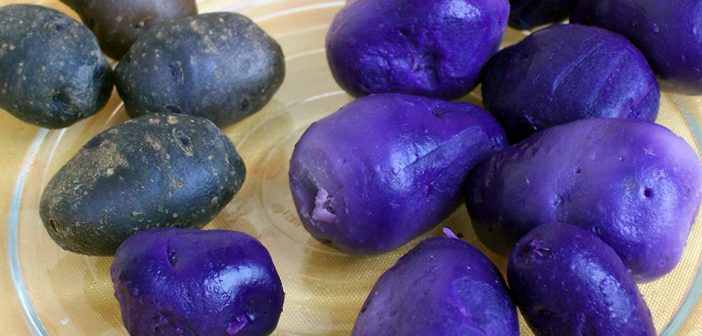
Photo Credit: Wikimedia Commons
The post Purple potatoes reduce colon cancer risk appeared first on Hort News on 5 March 2018.
